We just returned from a trip to Grand Cayman, the largest of the Cayman Islands, located south of Cuba and west of Jamaica in the Caribbean Sea. We went there for the wedding of our nephew, Christopher Hopkins who has been living there for the past three years. In the course of the week we spent there, we enjoyed the opportunity to experience the people, the climate and the beauty of the island.
Of course, I took a few photographs and today I’m sharing a few of my favourites from the trip. Many of these photos were taken in the course of a tour we organized on the second day of our visit. We had a great time and we’re thankful for the help of our guide, Jimmy who ensured we saw all the highlights.
This picture was taken along the south coast of Grand Cayman at a location known as “The Blowholes”. Wave action has undercut the rock and worn a hole up through it. Incoming surf flows under the rock and is forced up through the hole, creating vertical plumes of varying height, depending on the size of the wave. I took a lot of these but settled on this one as a favourite. The photo was taken with an aperture setting of f8.0 and an ISO setting of 400, resulting in a shutter speed of 1/640 sec., fast enough to “freeze” the motion.
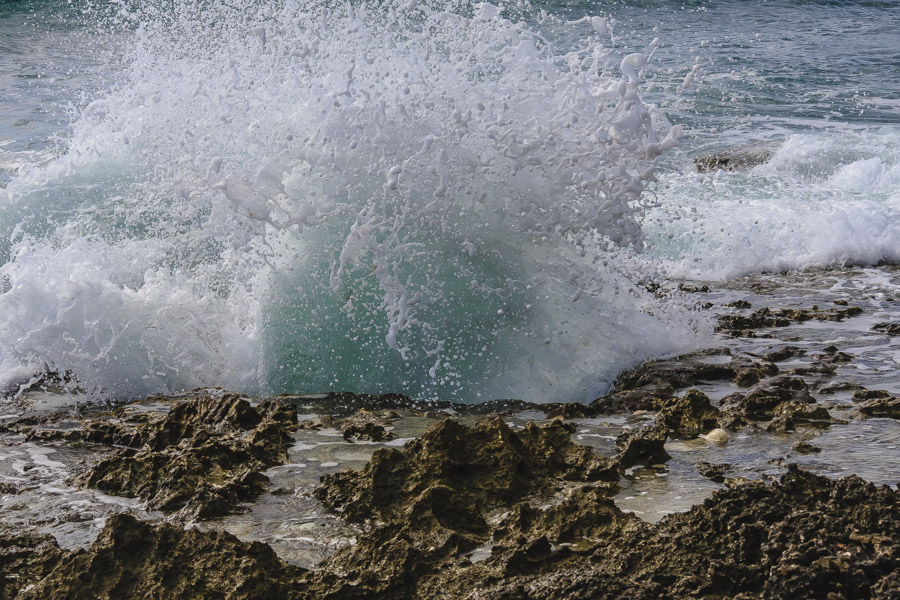
There is not a wide variety of wildlife on the island but we did see a number of iguanas, including this brilliant Green Iguana. This particular species is not indigenous to the Cayman Islands, having arrived in the 1980’s from Central and South America. They were brought as pets, multiplied and have now outgrown their welcome. They may not be popular with local wildlife specialists but I’m sure they’re still appreciated by most tourists. Very pretty and fun to watch.
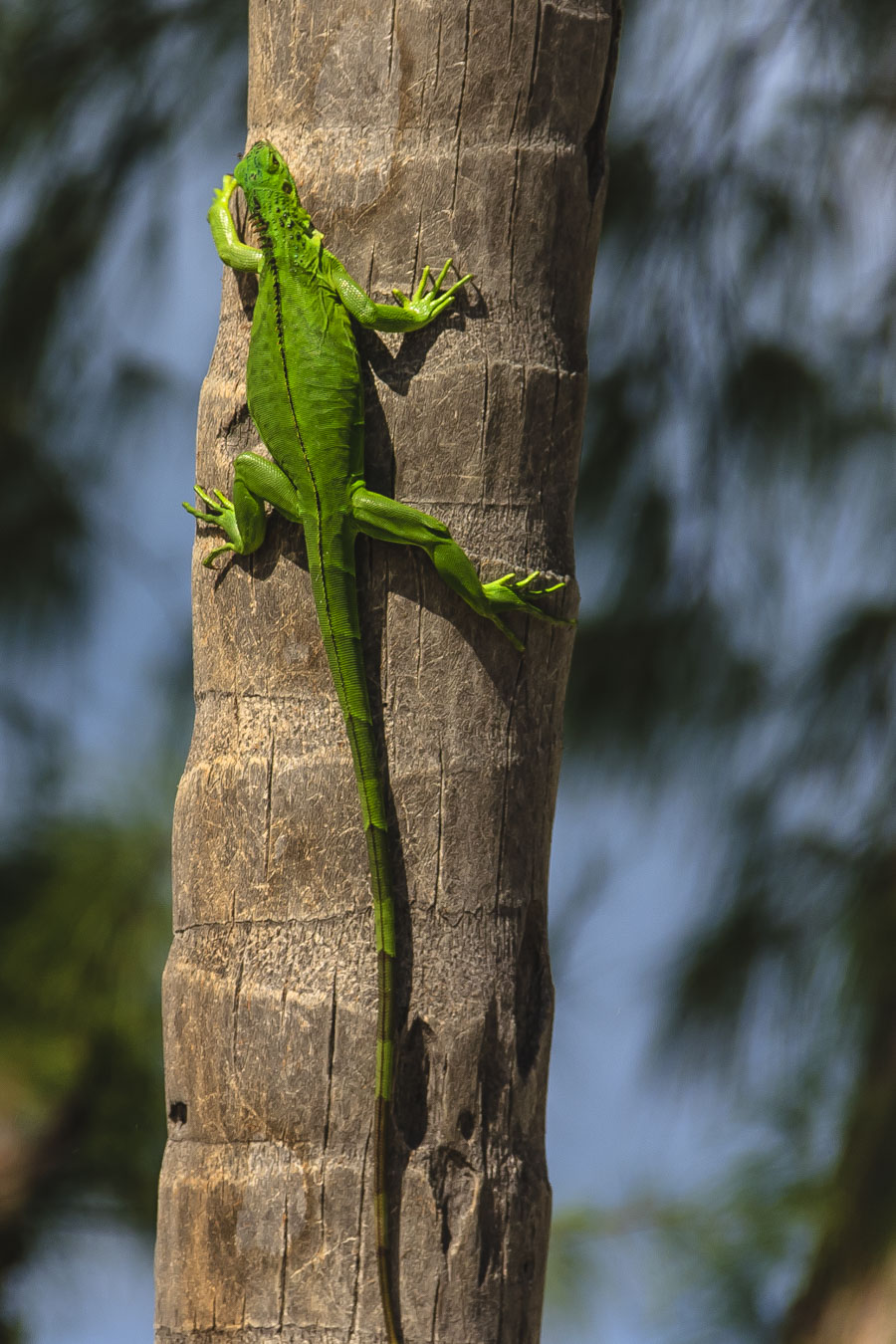
One of our stops was Starfish Cove, located on Rum Point on the north coast of the island. In addition to being a pretty spot, it did have some starfish! This first shot features a view along the coastline of Starfish Cove; the following picture shows what was just beneath the surface.
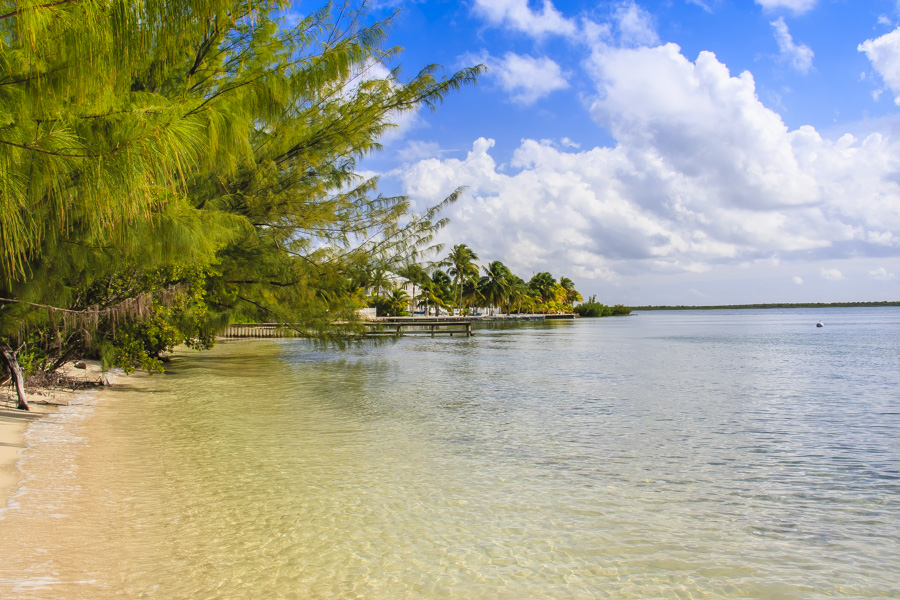
Rolande is not normally known to pick up critters, particularly marine invertebrates. This particular species did not seem to pose a threat, so she willingly accepted Jimmy’s challenge to pick it up and flip it over. She was careful not to raise it above the water’s surface and expose it to the air, on Jimmy’s advice. For you skeptics, I realize this is not concrete evidence of Rolande’s involvement but I assure you those are her hands.
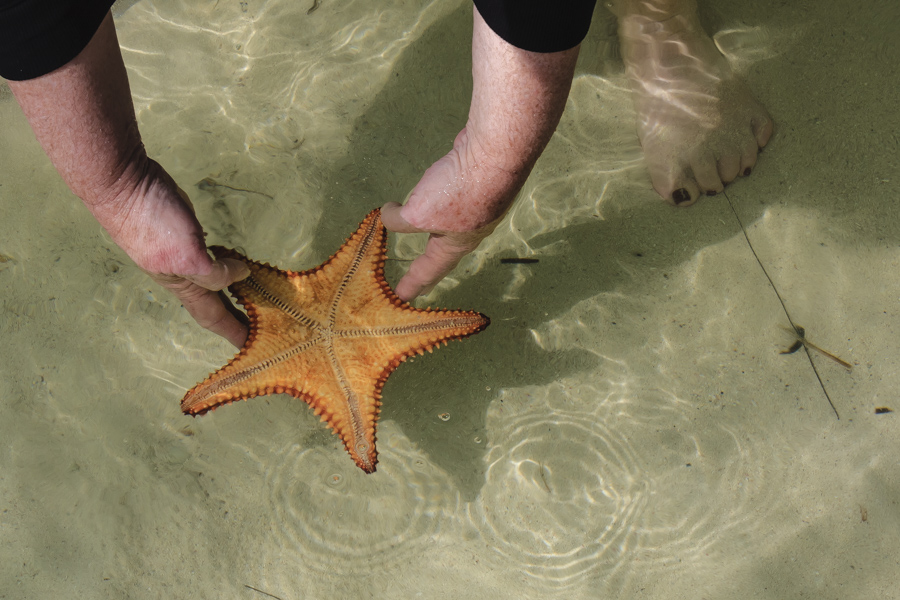
In the same general area, we found this magnificent beach. The clouds in the distance were showering on Grand Cayman’s largest community, George Town on the opposite side of the North Sound.
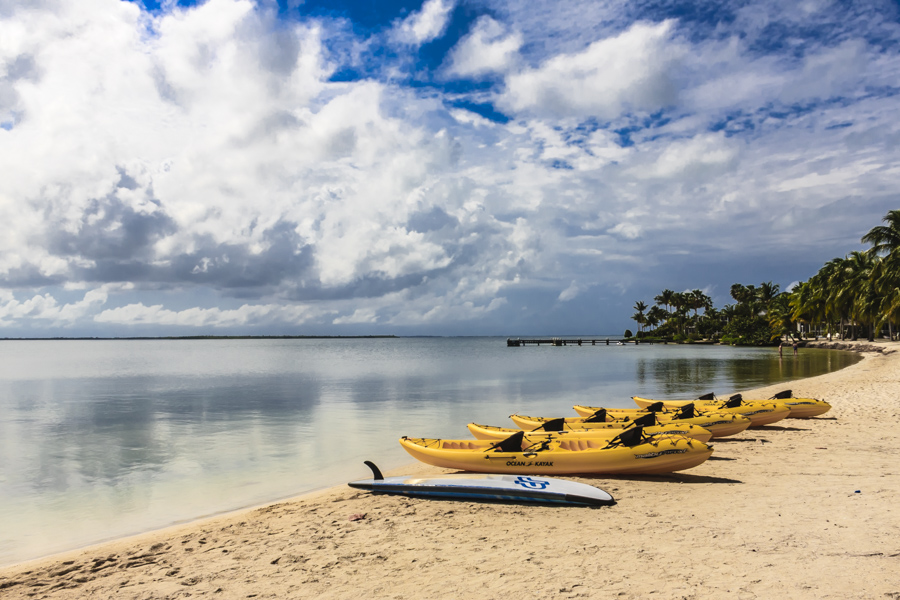
We paused along the way to look at Wreck of the Ten Sail, an historic shipwreck event that occurred off the East End of Grand Cayman Island on February 8, 1794. Ten ships that were part of a convoy on its way from Jamaica to the United States and Britain wrecked on the surrounding reef. While local residents braved the stormy waters and successfully rescued the ships’ crew and passengers, eight from the convoy did not survive. The seas and the reef have long since destroyed much of the remains of these and subsequent wrecks, so there isn’t really much to see there. I did get this next photograph of an old brass propellor, recovered from a US merchant ship wrecked here in the 1960’s.
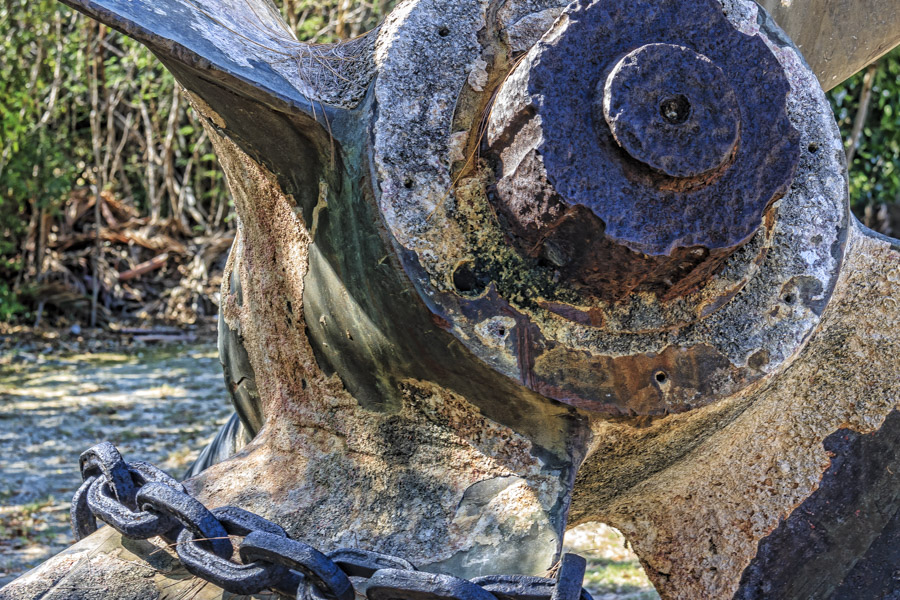
Another nice view from the east coast looking out to sea.
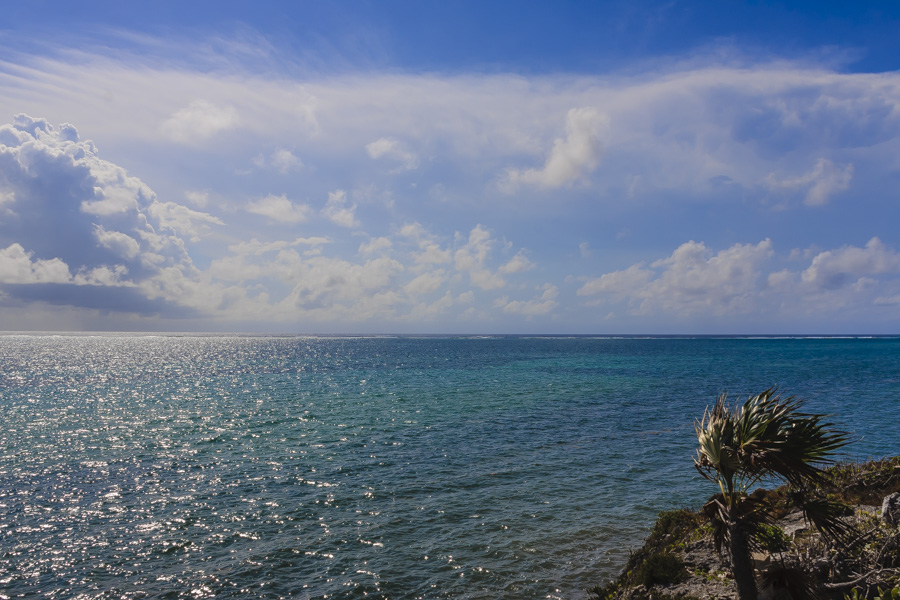
My last photograph for today shows Smith’s Cove, a popular beach located within George Town. Pretty scenic too!
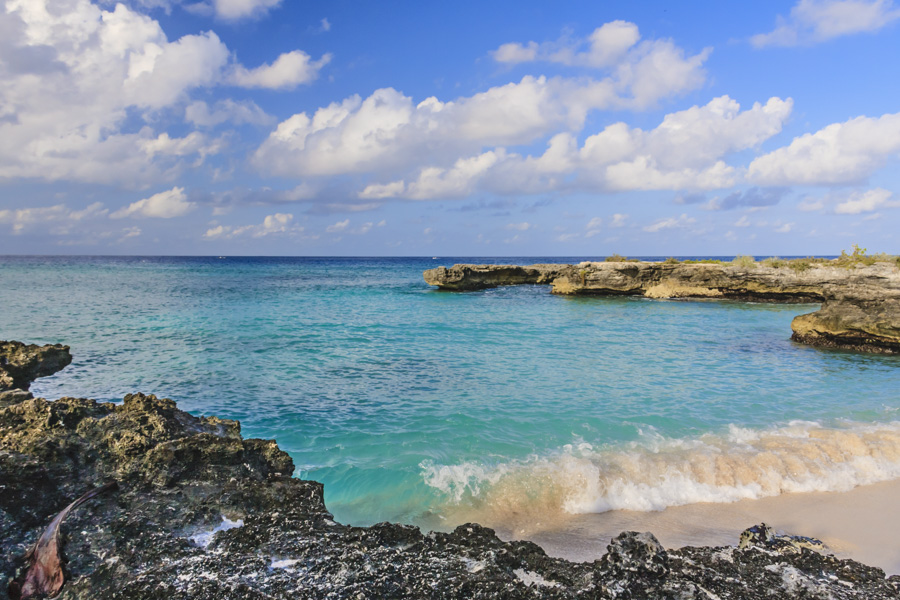
I have many more pictures from Grand Cayman, yet to be worked on. If I can round up enough good ones, I’ll probably do another post on this beautiful vacation spot.
